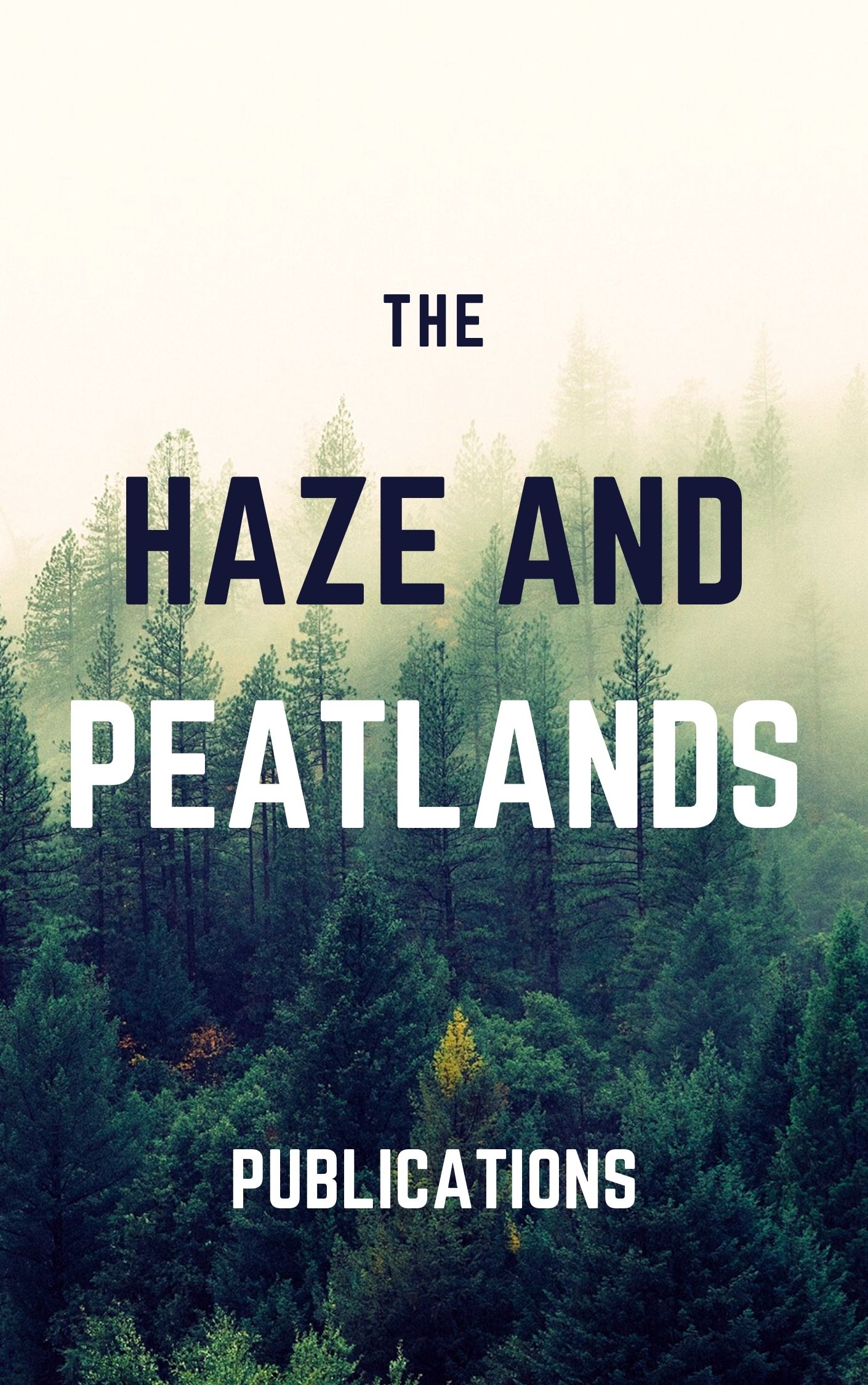Forest/land fire is one of the causes of economic and health losses that have a massive impact. Forest/land fires can also disrupt relations between countries when the transboundary haze rises. Remote sensing data produces the fire hotspots (HotSpot) in daily observation. The HotSpot products are disseminated to users through a website or application with an android interface. This research examined the user responses in receiving HotSpot information using the approach Technology Acceptance Model (TAM) and Best Worst Method (BWM) in Indonesia. The results show that the factors influencing the acceptance of space-based smoke and HotSpot information are Attitude Toward System (ATT) and Facilitating Conditions (FC). In addition, the level of acceptance is at the level of being accepted by the user with a criterion weight index of 5.077 and a consistency value ratio (CR) of 0.024 < 0.4747. © 2022 IEEE.
View source

